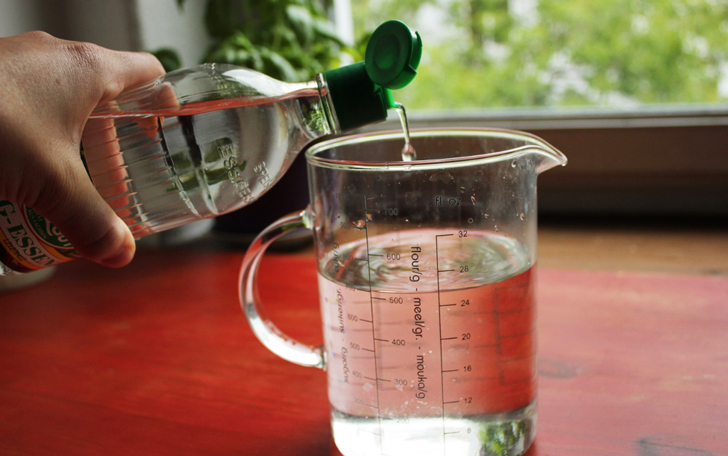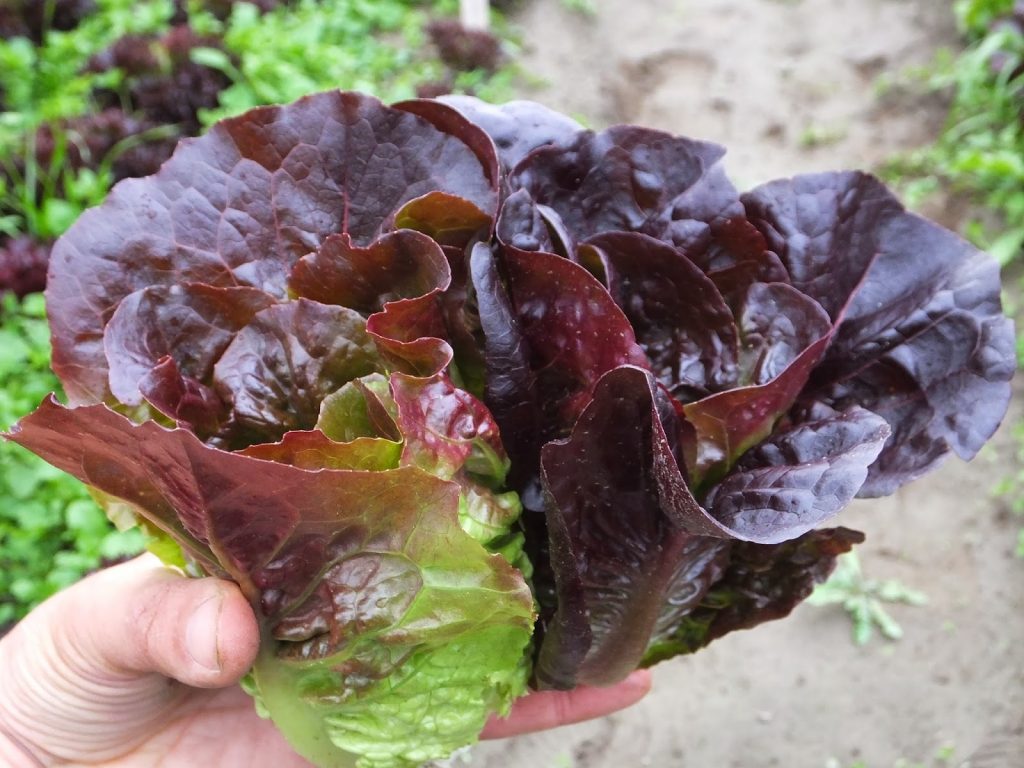The content of this article ‘Tips for washing and disinfecting vegetables and fruits’ was prepared by mejorconsalud.com and hortalizas.com and has been revised and republished by FreshFruitPortal.com.
Including fruits and vegetables in the diet is healthy and indispensable for good health.
Therefore, this type of food has many properties that benefit our body, improve our defenses, and prevent us from many diseases.
However, before taking them home, both foods are susceptible to contamination with many pathogens that affect our health, not only because they are directly exposed to agents of our environment, but also in the process of planting and cultivation, where they are subjected to spraying with highly polluting pesticides.
Fruits and vegetables are usually consumed raw, and this implies a greater risk to health.
For that reason, it is very important to learn how to wash and disinfect this type of food very well to significantly reduce the risk of different contaminants, which may be present by dirt, storage process, transportation and, as mentioned above, the use of chemicals and pesticides with which they are grown.
Do you want to learn how to wash vegetables and fruits properly?
First of all, you should keep in mind that the best thing you can do to wash your fruits and vegetables is to do it before splitting or peeling them.
When you wash the whole fruit or vegetable, you prevent pathogens on the rind from being transferred to the inside of the food.
You can do this regardless of whether you are going to eat it with peel.
You should also wash your hands thoroughly before handling any type of vegetables and fruits.
Personal hygiene will also play a very important role in the non-contamination of this type of food.
When selecting the fruits and vegetables to be washed, you should put them at least two minutes under the tap, or in a container with water to save water.
If they are very dirty, you can help yourself by using a clean, soap-free brush or sponge.
It is recommended to remove outer leaves of some fruits and vegetables, as they may be contaminated.
To disinfect fruits and vegetables, there are several homemade tricks that you can consider, since they use antibacterial products, capable of fighting bacteria in these products and decreasing the risk of their contaminating pathogens.
After following these steps, it is also important to clean the cooking utensils to be used very well, to prevent the food from being contaminated while being handled in the kitchen.
How to disinfect vegetables and fruits?
When you have washed your fruits and vegetables, and preferably before cutting them, the ideal is to disinfect them completely, with some very effective homemade tips.
Baking soda
This product is very inexpensive, easy to find and, usually, we include it in the family basket, either for culinary purposes or for any health problems. Another of its virtues is that it can effectively clean and disinfect, that is why we could use it correctly to clean fruits and vegetables.
How to do it?
Dilute a tablespoon of baking soda in a liter of water, soak the vegetables and/or fruits for 10 minutes and that’s it.
Vinegar
This is another of the most powerful natural disinfectants that we could find, as it eliminates any kind of bacteria as it is antimicrobial.
Like baking soda, it is a very cheap product that can be found in the family basket. Best of all, it is good for your health and has no toxic components.

How to do it?
Dilute a glass of vinegar in a liter of water, then soak the fruits for 10 minutes or choose to spray the mixture with a spray bottle before using the food in preparations.
Lemon
Lemon is a food known for its disinfectant and antibacterial properties, which are mainly due to its citric acid.
This food, combined with a little vinegar, makes a natural disinfectant, ideal for eliminating any pathogens from your fruits and vegetables.

How to do it?
Mix equal parts of water, lemon, and vinegar in a pan. Then soak the fruits and/or vegetables to be used, leaving it for 10 minutes, rinse, dry with a clean towel and then use.
Avoid E.coli and Salmonella contamination in lettuce and spinach
Spinach and lettuce are crops subject to frequent E. coli and Salmonella contamination.
Below, experts from University of California share their experience and lessons learned from examining the ecology and biology of these dangerous pathogens under production environments.
Question 1: If there is water or organic matter contaminated with bacteria in the field during seeding, will germinating seedlings become infested and will the bacteria end up in the harvested produce?
In a field test, E. coli strains applied as a water-based spray (to simulate irrigation services), as well as strains mixed with sand and placed in net bags (simulating contamination sources), didn’t survive in soil for long periods of time under commercial growing conditions.
Neither aerosol nor bag inoculum was recovered by direct culture in Petri dishes. We worked with lettuce and spinach plants growing in inoculated soil, or near the inoculum in the bags.

Question 2: Do pathogenic bacteria that affect humans “internalize” in large leafy vegetable crops grown under real field conditions?
“Internalization” is the phenomenon by which plant roots take up microorganisms and transport them to aerial stems and leaves.
Some laboratory and growth chamber studies indicate that large leafy vegetables can take up E. coli in this way, contaminating leaves that could eventually be consumed by humans.
We set up trials in a commercial operation to investigate internalization under field conditions.
When various generic strains of E. coli were inoculated into spinach roots using drip irrigation tape, aboveground foliage did not test positive for E. coli with direct seeding methods.
Surface sterilization of plants with mercuric chloride followed by crop enrichment resulted in one out of 80 plants testing positive for generic E. coli strains.
Based on this experiment, we believe E. coli doesn’t internalize to longleaf vegetables grown under field conditions.

Question 3: Since bacteria can survive in crop residues, what can be done in the field to improve degradation and reduce bacterial numbers?
Further studies were conducted to determine if production practices could increase the die-off and reduce the number of pathogens living in lettuce and spinach crop residues.
We simulated lettuce contamination by inoculating mature crops from commercial operations with generic strains of E. coli and Salmonella.
Plots with lettuce were treated differentially by mowing, ring roller or not touching contaminated crops.
After a holding period, contaminated crops were mixed into the soil by discing.
A set of plots including all soil treatments received an irrigation treatment for one week after discing.
Survival of E. coli and Salmonella was monitored by sampling soil and crop residues from the day of incorporation and then at 1, 6, 11, 11, 20, and 48 days after incorporation.
After 21 days, a second lettuce crop was planted in the original plots and plants were sampled at the thinning out stage (27 days after emergence) to assess the transfer of inoculated strains to this replanted crop.
After incorporating the first crop, target bacteria were quantifiable in only a few plots, during the first sampling date; however, they were recovered in tests taken on later dates 48 days after inoculation.
No secondary crop lettuce plants in any of the plots tested positive for E. coli.
Source: mejorconsalud.com
[ad_2]
Originally Appeared Here